By Frederick J. Chiaventone
When one thinks of the guns that won the West, one naturally envisions such familiar weapons as the Winchester, Henry, and Spencer repeating rifles, the trapdoor Springfield, the Smith & Wesson revolver, and the Colt Peacemaker. Thinking back even further, there were the older percussion-cap rifles such as the Hawken buffalo gun or its flintlock predecessors, the Kentucky and Pennsylvania long rifles. Largely unknown to the general public is a singular weapon that never belched out gunpowder or killed a single human being in the United States, but that was perhaps the single most influential weapon in the opening of the American West: the Girandoni air rifle, the secret weapon of the Lewis and Clark expedition.
The earliest known example of the Girandoni air rifle is currently on display at Stockholm, Sweden’s Livrustkammeran Museum and dates to around 1580. Featured in fairly large calibers, these pneumatic weapons were employed by the very wealthy in hunting large game such as deer and wild boar. But around 1780 an enterprising Tyrolean gunsmith named Bartolomeo Girandoni developed a rugged new model air rifle that was soon adopted by the Austrian military. Produced in .46-caliber, the Girandoni was a quantum leap forward in weapons technology.
The Rapid-Fire Windbusche
The rifle was four feet long and weighed 10 pounds. The butt of the weapon was an iron flask that could be detached, pumped full of air, and then refitted to the weapon. Each rifle was issued with three such air reservoirs. The Girandoni was approximately the same length and weight of a conventional musket and was loaded with 22 lead rifle balls that were propelled out of the weapon individually by controlled bursts of compressed air. Fed into a loading tube alongside the barrel of the weapon, these rifle balls were loaded into the weapon individually by a simple steel block, which slid back and forth at the base of the breech. Much like the popular modern-day Daisy Red Ryder BB gun, the rifle balls were fed into the breech with the aid of gravity, the muzzle of the weapon being held upright as the bullets rolled down toward the breech. One crucial advantage to this loading mechanism was the fact that the rifleman, rather than having to stand upright to load, could actually lie on the ground and simply hold the weapon up vertically.

With a muzzle velocity of 1,000 feet per second, the windbuchse, literally “wind rifle,” could put a lead ball clean through a one-inch pine board at 100 yards. Its full magazine could be discharged completely in less than 30 seconds. In comparison, its contemporary gunpowder driven musket was considered accurate to only about 50 yards. In the European theater of war, this made for a fearsome weapon that discharged no dense smoke to obscure the battlefield or loud report to betray the position of the rifleman. It was also impervious to rain, which would quickly negate the usefulness of gunpowder.
Logistical Challenges of the Girandoni Air Rifle
Austrian Emperor Francis II was especially intrigued by the technology and was intimately involved in fielding the Girandoni with the Austrian army. Early on, the emperor wrote that it was critical that the air rifle be “deployed correctly and maintained at the best standard. It is necessary that the simple soldier, whose intelligence is generally quite limited, is given this training immediately upon receiving the gun—and that the training is delivered in individual parts and not too much at once.”
Due to the weapon’s complexity, there were some significant logistical challenges to be overcome. Hand-operated air pumps (it took some 1,500 strokes to fill each air canister) were issued one per two riflemen with additional large scale, wheeled air-pumping carts placed behind the lines. Specially trained gunsmiths were also a necessity, one for each 100 riflemen, and they required a very specialized supply of spare parts—mainsprings, replacement seals, and extra air flasks. It was not an easy task. Many simple conscripts, frequently peasant lads with no understanding of technology, were incapable of grasping the concept of the weapon or maintaining it properly. Air flasks were frequently mishandled. Some fully charged flasks actually exploded when exposed for long periods to direct sunlight, and leather seals were allowed to dry out, rendering the weapon useless. Even with these challenges, the weapon proved exceptionally effective on the battlefields of the Austro-Turkish War (1787-1791), but despite some allegations to the contrary it never saw service against Napoleon.
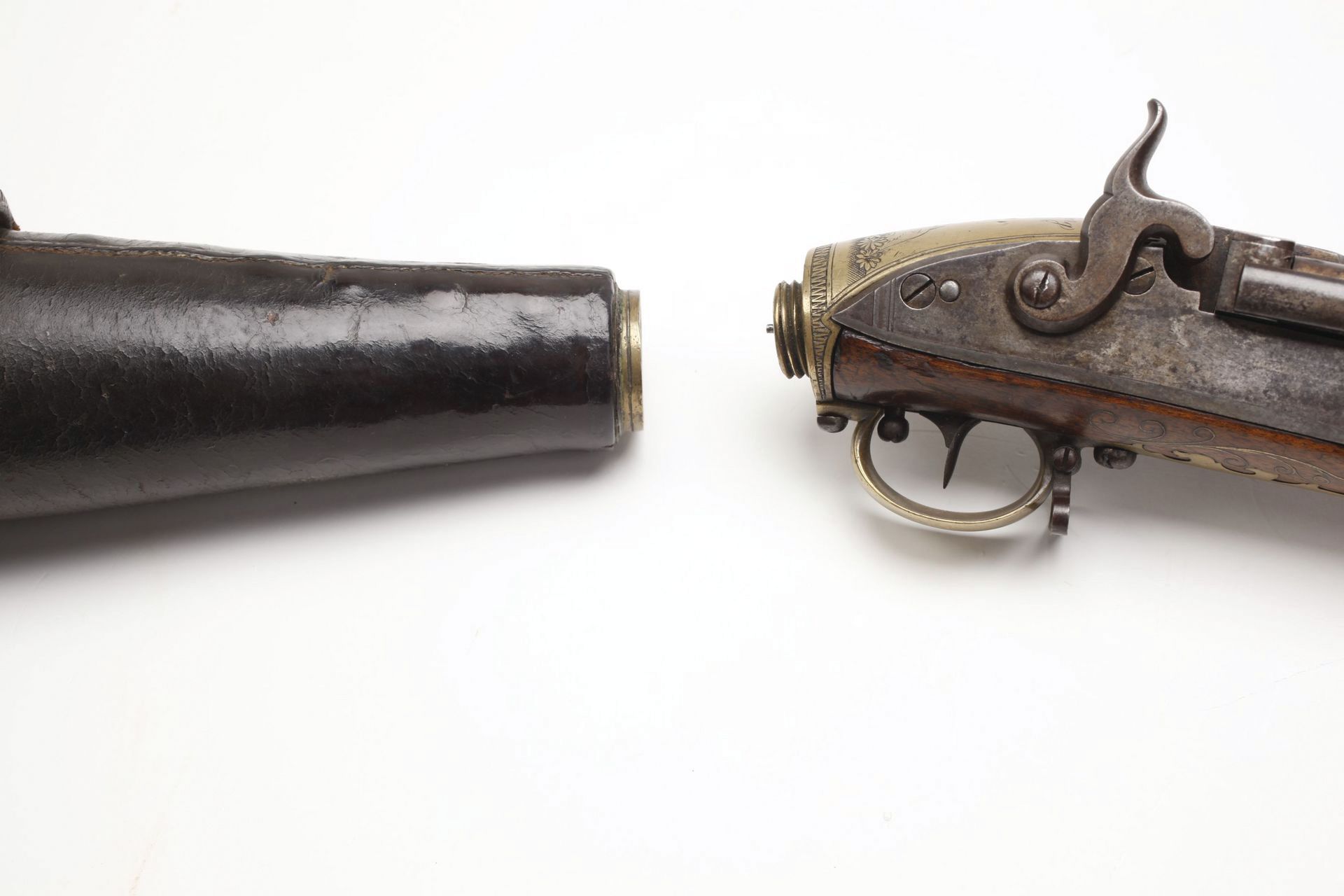
Despite the deadly accuracy and firepower provided by the Girandoni, it proved to be a technological leap too great for the military minds of the period to handle. Austria-Hungary’s general artillery director summed up the problems in his correspondence of July 21, 1789, when he reported: “Due to their construction, these guns were much more difficult to use effectively than normal, as one had to handle them much more cautiously and carefully. In addition, the soldiers using them had to be supervised extremely carefully, as they were unsure about the operation. The guns became inoperable after a very short time—so much so that after a while no more than one-third of them were still in a usable state. We needed the whole winter to repair and replace them.”
The Air Rifle of Captain Meriwether Lewis: “Something From the Gods”
By 1810, the Girandoni had been entirely phased out. The Austrian military collected some weapons for its museums, while others were acquired by private individuals or simply lost. At least one, however, crossed the Atlantic and played a major role in a pivotal period of American history.
It is unclear how the weapon now on display at the Pentagon first came to the United States—possibly it was a surplus rifle that had been phased out of Austrian military service. Whatever its provenance, historians have determined that it was most likely purchased by Captain Meriwether Lewis between May 9 and June 9, 1803, at Isaiah Lukens’ instrument shop just outside Philadelphia. Lewis was en route to Pittsburgh at the time for the final construction and fitting out of the Corps of Discovery’s keelboat. On the very first page of Lewis’ personal journal kept on the trip, he recounts how he demonstrated the weapon’s capabilities to the wonderment of the crowd. The Indians, he said, considered the rifle “something from the gods.”
It was during its service with the Corps of Discovery that the Girandoni came into its own. Whenever a new tribe was encountered by the expedition, Lewis and Clark staged a grand entrance calculated to impress (or intimidate) the natives. Such pomp and ceremony, they believed, would dissuade potentially hostile actions by the Native Americans while they tried to understand who or what they were confronting. Lewis and Clark did their utmost to impress the tribesmen. The explorers donned their most colorful military uniforms—frock coats, sparkling swords, formal headgear, polished muskets and bayonets—and with flags flying and fifes whistling, they marched boldly into each meeting. The explorers greeted the assembled tribesmen with formal gravity and then proceeded to hand out gifts such as bolts of colored cloth, beads, and commemorative medallions.
At some point in the proceedings, Lewis would confidently display his Girandoni and demonstrate its remarkable power. In his journal, Private Joseph Whitehouse described one such event on August 30, 1803, at a Yankton Sioux village located along the Calumet Bluffs of the Missouri River: “Captain Lewis took his Air Gun and shot her off, and by the Interpreter, told them that there was medicine in her, and that she could do very great execution,” wrote Whitehouse. “They all stood amazed at this curiosity; Captain Lewis discharged was done the Air Gun several times, and the Indians ran hastily to see the holes that the Balls had made which was discharged from it. At finding the Balls had entered the Tree, they shouted a loud at the sight and the Execution that suprized [sic] them exceedingly.”
Lewis would repeat this demonstration for every tribe encountered (there are no fewer than 39 separate entries in the expedition’s journals mentioning the Girandoni), leaving all onlookers in doubt as to how many of these weapons the expedition carried. As much as the Indians coveted the guns and goods which the Corps of Discovery carried, none was bold enough to make an outright grab for the goods. If each of the explorers had a Girandoni, with the capability of firing two dozen shots in seconds with deadly accuracy, any hostile acts could be handled easily by the small band. The leadership of the various tribes encountered must have reasoned that any possible gain was not worth the risk of losing scores of warriors.

At village after village, the small band of 38 explorers was allowed to pass safely without a single casualty through some of the most hostile and warlike peoples on earth. This is not to say that the Girandoni guaranteed an effortless expedition. There were some close calls for the explorers where fast talking and bravado likely saved their scalps, and at least one warrior was killed in a confrontation over guns, but the enterprising foray into the wilderness succeeded beyond the wildest dreams of trip sponsor President Thomas Jefferson.
With the expedition over, the Corps of Discovery returned tired and ragged but exuberant about having accomplished their mission with only a single fatality, Sergeant Charles Floyd, who apparently died of acute appendicitis and was buried near the site of present day Sioux City, Iowa. After the finish of the expedition, the Girandoni air rifle disappeared into the mists of history—that is, until recently.
Discovering and Duplicating the Girandoni Used During the Lewis and Clark Expedition
Enter Dr. Robert Beeman, a distinguished university professor, first chairman of San Francisco State University’s Department of Marine Biology and former fellow of the National Science Foundation at Stanford. As a youngster, Beeman had received a Daisy BB gun as a gift, and the weapon stirred a lifelong passion for air rifles. In time, Beeman’s name would become synonymous with air rifles after his boyhood interest led him to found the world-famous Beeman Precision Airgun company. In addition to designing and promoting air rifles, Beeman began collecting every sort of unusual and historical air rifle he could find during travels taking him to various arms factories, museums and private collections around the world. One such acquisition was a Girandoni air rifle in remarkably good repair.
In 2004, Beeman was contacted by master gunsmith Ernie Cowan, who wanted to duplicate the Girandoni weapon in his collection (Beeman’s was the sole representation of the weapon in North America). Beeman agreed. Cowan and his collaborator, Rick Keller, in carefully disassembling the weapon, made an electrifying discovery. In their careful dissection of the Girandoni, Cowan and Keller found evidence of repairs made to the piece that noted gun historian Mike Carrick confirmed as corresponding precisely to entries in the journals of the Lewis and Clark expedition recounting such repairs. Perhaps the most significant repair they discovered was a replaced mainspring. Lewis noted exactly such a repair in his June 10, 1805, journal entry: “[Expedition gunsmith John] Shields removed the main Spring of my air gun.” The repair was made with a farrier’s file ordinarily used to trim horses’ hooves. Other repairs included a new forward pin lug, middle thimble, and scarph joint in the rifle’s forearm, which replaced European walnut with good American walnut.
To his surprise and gratification, Beeman found himself the proud owner of the famous Lewis and Clark Girandoni. Beeman concedes that the Girandoni has a very peculiar and significant place in American history, but adds scrupulously: “We must avoid the very misleading thought that the Girandoni opened or won the West. Rather it was the key to Lewis and Clark returning alive and promoting the West.”
Beeman’s Girandoni has been extensively studied and field tested repeatedly to ascertain its capabilities. Without a doubt it is a stunning instrument. To spare the original repeated wear-and-tear, four exact copies of the weapon have been produced by Cowan and Keller. Recognizing its historical significance, Beeman donated the original weapon to the permanent collection of the U.S. Army War College in Carlisle, Pennsylvania. It is now on loan to and on special display at the Pentagon. Despite great scientific and technical advances in weaponry, few single weapons can rival the Girandoni for the peaceful promotion of American interests. That lack of violence, in itself, makes the Girardoni of the Lewis and Clark expedition a truly singular western weapon indeed.
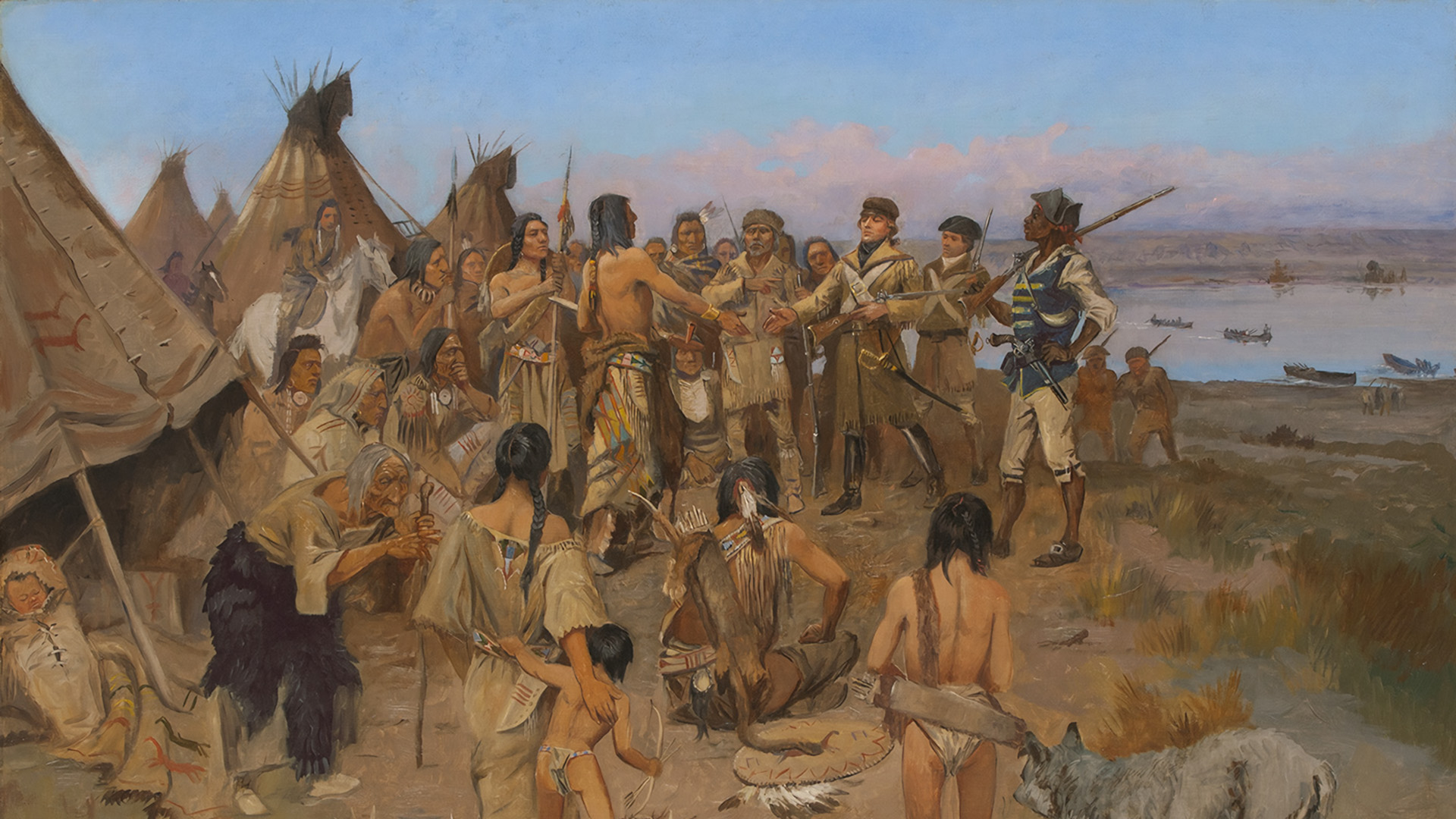
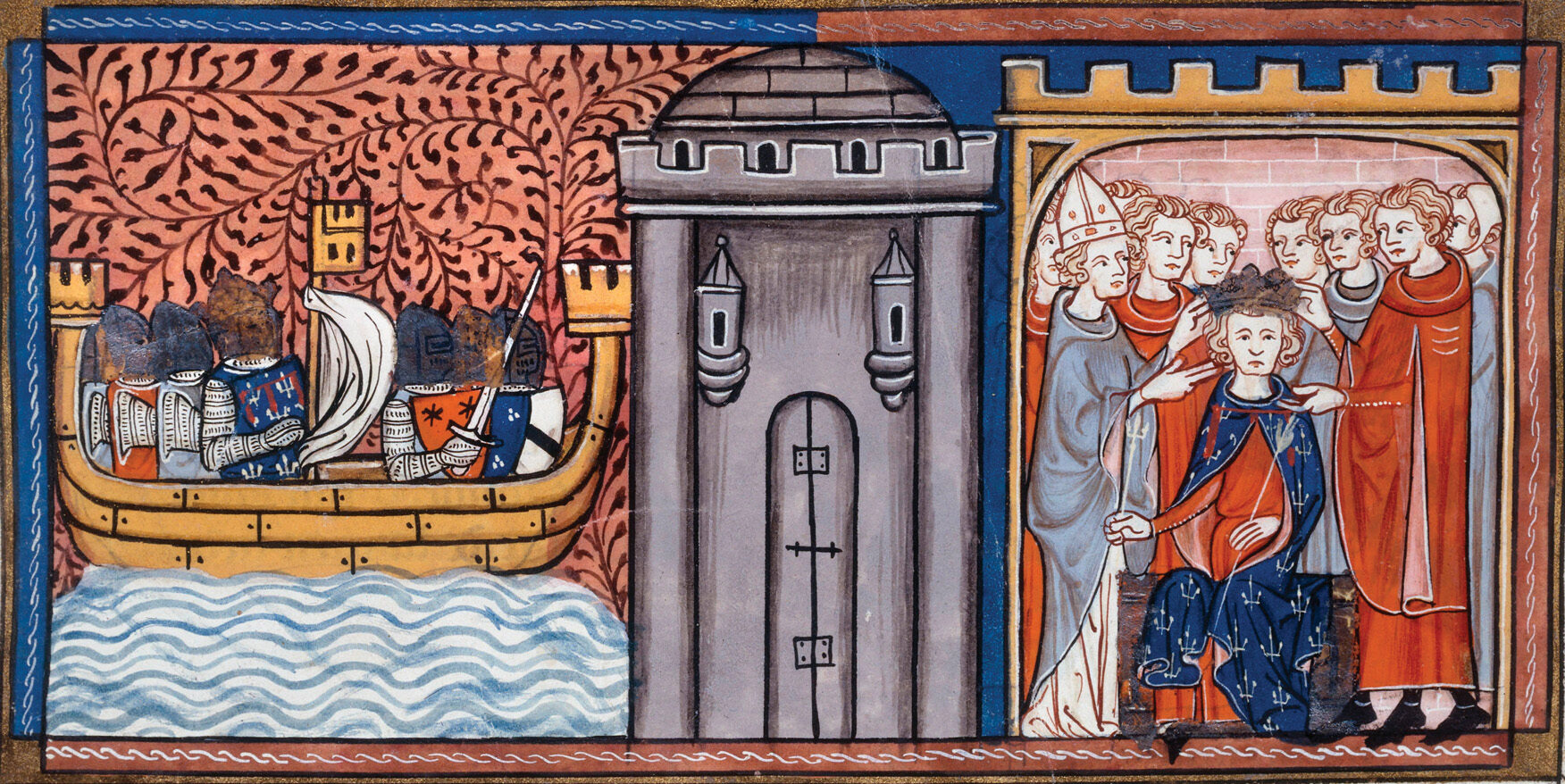

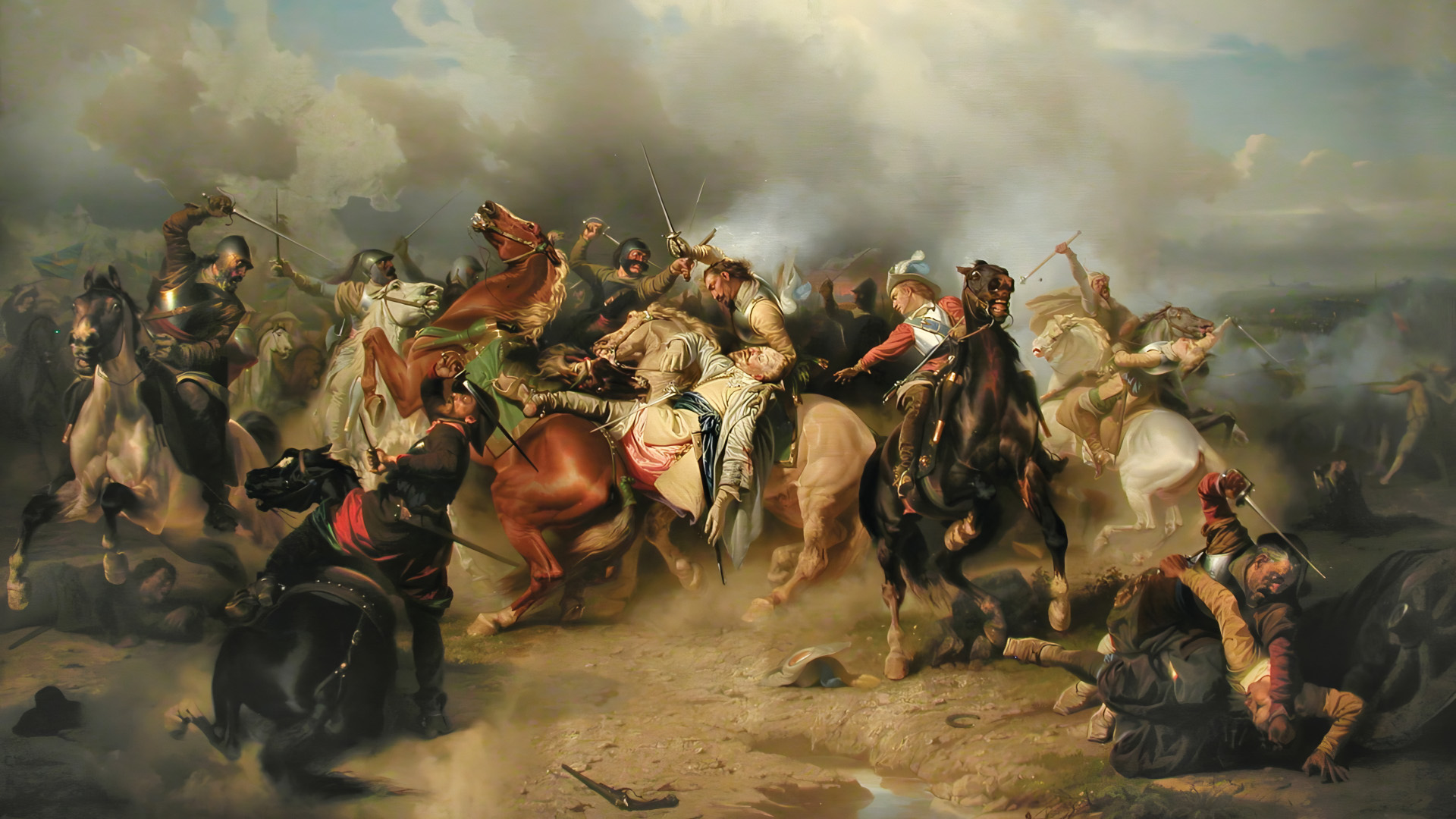
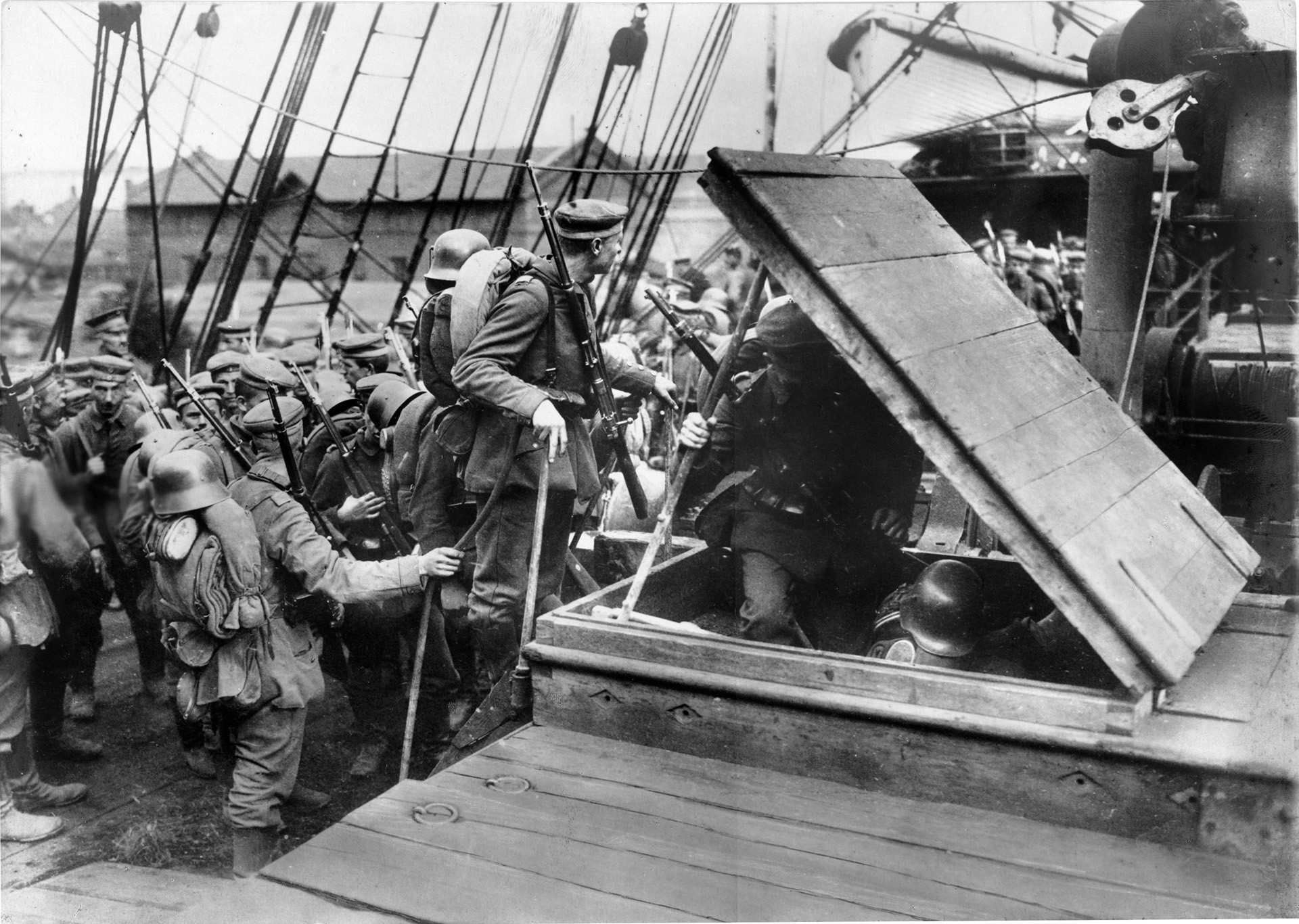
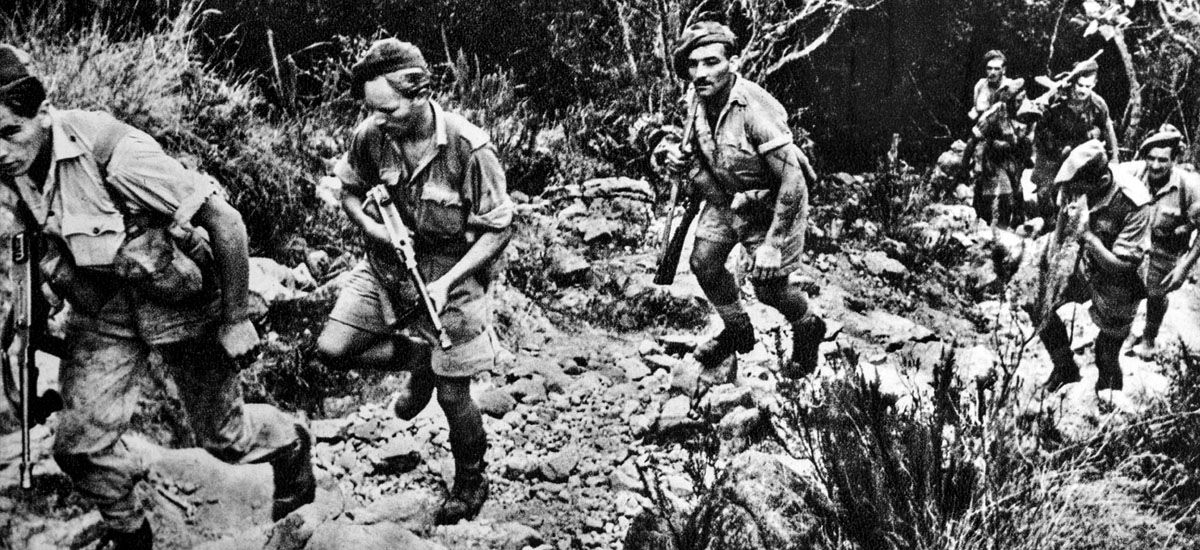
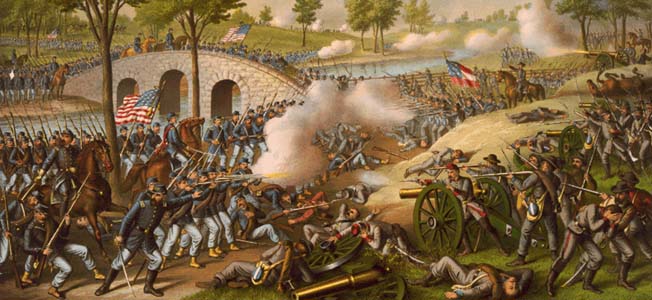
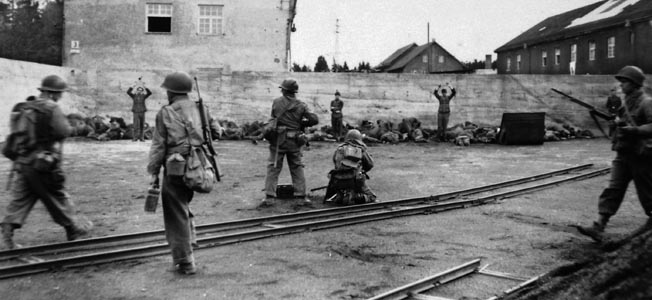

One of those “lightning bolt” moments that not only answered one of my nagging questions about how the Expedition managed to keep from being obliterated by the mostly hostile situation that they were forced to do their work, but what great rewards are gained if I had just bothered to have read the Journals sometime in my life.
Very interesting, thank you. You spelt “Windbuchse” correctly once, and incorrectly as “Windbusche” several times. Possibly you could correct this? Thanks
There seems to be some confusion, both among enthusiasts, and on all things internet regarding this amazing weapon. All ascribe its birth to the same region and individual , but there is a discrepancy in naming him. Some say Girardoni , some say Girandoni. Which is correct?
Brilliant historical account. Bravo!
Ernie Cowan, “Master Gunsmith” related the technical details of re-creating the G. air rifle. He said the biggest problem he had was finding a material to make the air seal between tank & gun. Most modern high strength plastics / rubber were used with no success. The solution was organic Horn, just like the original. Sometimes modern materials just dont cut it.
I wonder why there is no mention of this air rifle and its importance to the the Lewis and Clark expedition in the Stephen E. Ambrose book Undaunted Courage: Meriwether Lewis, Thomas Jefferson, and the Opening of the American West?
Wondered exactly the same thing…
There are many references to this weapon in the book “Undaunted Courage” I just finished reading it.
There’s lots of the gun being mentioned by Steve ambrose as I’m reading it now!!
I am totally aghast at this history lesson . Who would have known that air weapons went back 300 yrs
WOW !
Why aren’t these being made yet today? What .22 air rifle can shoot through a pine board at 100 yards today? None! .51 calibre takes a lot of power to do that. The design could be modernized with an electric air pump to recharge it. I wonder how many p.s.i. it operates at?
PCP air rifles are made today. Look up the Airforce Texan.
Lots of modern .22 caliber air rifles can shoot through a 1-inch pine board at 100 yards, but I believe you misread the article. This rifle is .46 caliber, but it was a repeating rifle of sorts that held 22 .46 caliber balls, not .22 caliber.
It’s amazing to me that a 200 year old air rifle design could shoot forty 47 caliber balls from only 800 psi. Guns now work at 3000 to 4000 psi and don’t do substantially better , if at all. It must have been way ahead of it’s time. Anyone know of a modern gun having anywhere near that performance from such a low reservoir pressure?
Great history of the weapon. In the journal entries assembled by DeVoto, the gun is mentioned numerous times in displays with tribes the party meets. Shields must have been an awesome gunsmith to keep it operating. (The Whitehouse journal entry mentioned in your article couldn’t be from 1803. Perhaps 1804? Clark arrived in St. Charles, Missouri on May 16, 1804 after leaving Wood River earlier that month. They were with the Yankton Sioux in late August 1804.) Thanks!
I have to call B.S on parts of this legend. Although this was a remarkable weapon for it’s time, an air rifle holding 800 psi. in it’s tank could not propel a 47 caliber lead ball at 1000 fps. Modern 45 and 50 caliber PCP air rifles holding from 3,000 to 4,500 psi in a tank approximately the same size do not reach 1000 fps. A closer velocity would be in the range of 600 to 750 fps for 2 or 3 shots and then dropping off quickly and steadily. The Air Force “Texan” being one exemption that will reach 1113 fps in 45 caliber from a 3600 psi fill, and the 50 caliber Umarex “Hammer” claiming 1000 fps max firing a 250 grain lead projectile from a 4,500 psi fill and dropping to 850 fps by the 4th shot. Now, this is my opinion based upon what’s been offered for sale over the past 10 years. I’m sure Dr. Beeman knows exactly how fast and powerful the original rifle was. If he say’s I’m wrong, then I believe whatever he has to say is the straight up truth and I know he’ll have well documented data to back it. As it stands, my guess on the Girandoni would be more in the range of 500 fps. This would still be capable of punching through a pine board at 100 yards.
My air rifle shoots 145gr .45 round ball at 1250fps. I get 15 shots.
This is the first article I’ve read that claims a specific velocity, most other references mention only an effective range of 100-125 yards. But at 800psi, you’re just not going to get that kind of velocity with a solid lead ball
The accounts of their retreating gun battles with grisly bears where epic, ending with the men swimming the Missouri. “Undaunted Courage”. I was hooked on the air gun. It’s interesting that if the Nez Pierce had elected to wipe the expedition out instead of helping them, the Nez Pierce would have been the most heavily arm group in the west.